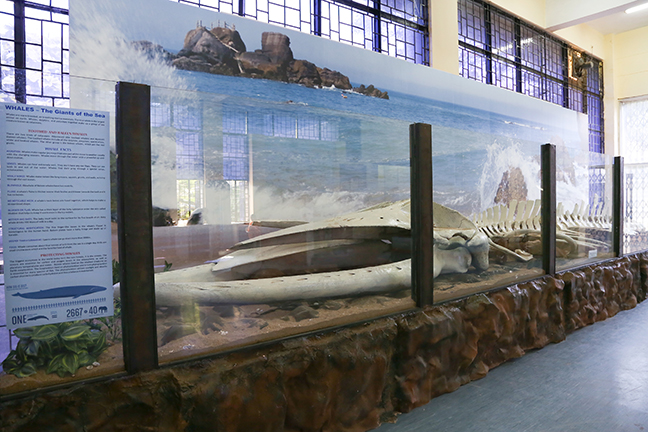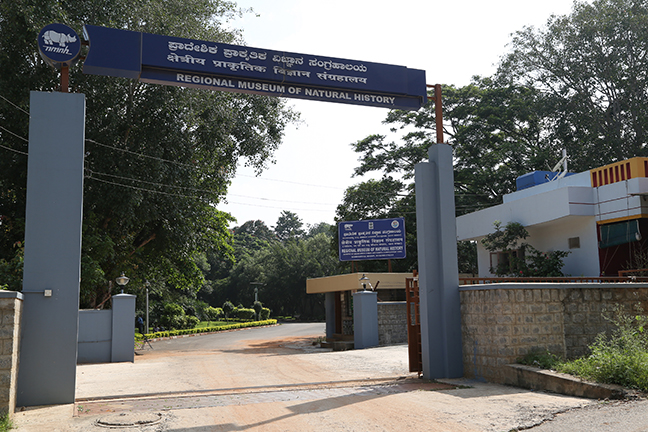The Regional Museum of Natural History in Mysore is the southern regional office of the National Museum of Natural History, New Delhi, a subordinate office of the Ministry of Environment and Forest, Government of India. It is a non-formal environmental education center built to create awareness among the public through exhibitions in galleries and various educational activities about nature, environment wildlife, and its conservation. Exhibits are the primary learning resources here. At present, the museum has two galleries: Biological Diversity and Life Through the Ages.
The Biological Diversity gallery presents the basic concepts of natural history and the variety and diversity of geological, plant, and animal heritage of the region. The second gallery, Life Through the Ages, tells the fascinating story beginning with the origin of the earth and life on the planet through the ages; all this is dramatically presented in a walk across a tunnel.
The discovery centre at the museum provides opportunities for visitors, especially children, to handle, examine and study specimens, and participate in creative activities such as painting, modeling and preparing animal masks and costumes.
A small hall near the entrance foyer provides a space for temporary exhibitions on themes of contemporary interest. Films related to natural history, especially environment and wildlife, are screened daily.
A garden for the disabled, named the Touch, Feel and Learn Live Plant Bio-Resource Centre, is a special garden in the museum complex established for the benefit of people with visual impairment. Interpretation through personal means, braille labels and audio-commentary in the centre helps them start a conversation with nature.
12.305642984152, 76.674152612686
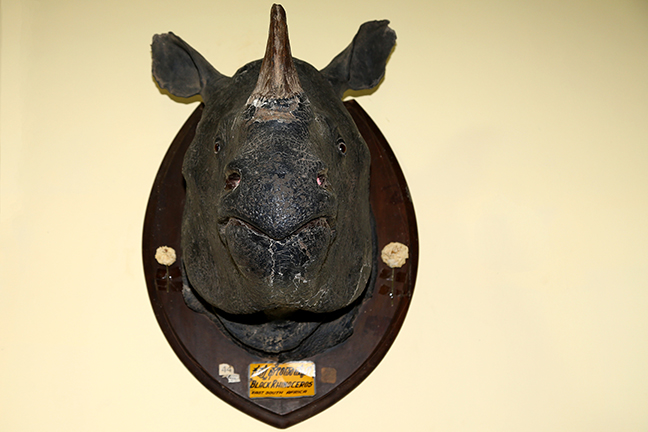
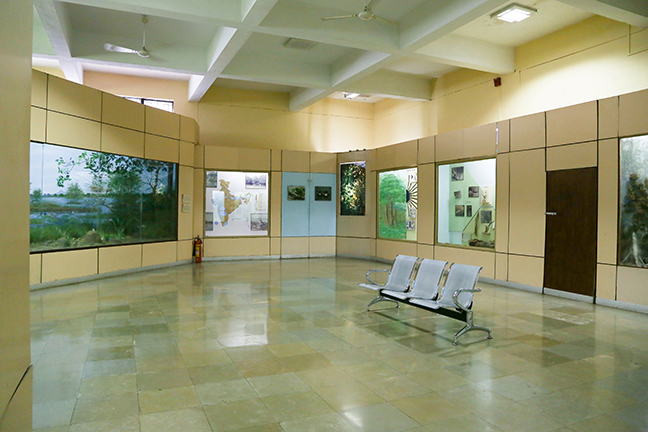
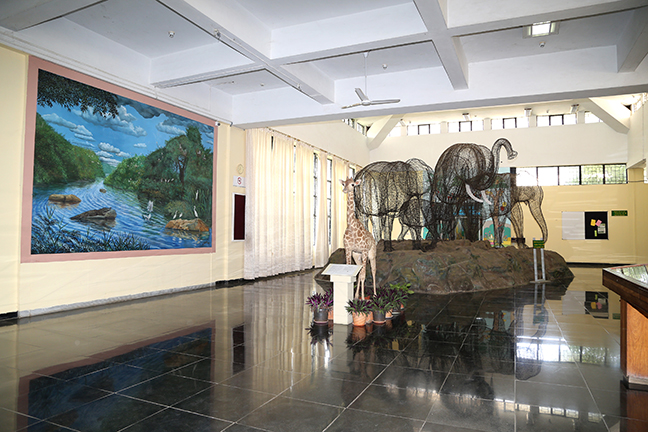
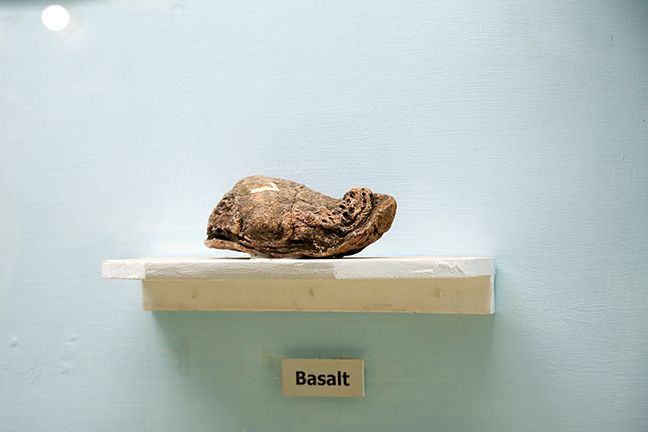
This forms part of the Geology of Western Ghats exhibit. The rocks of Western Ghats consists of metamorphic and non-metamorphic types. The metamorphic rocks include the Precambrian rocks (including Dharwar system and Peninsular gneiss) and the basaltic lava flows of the Deccan trip. A few rock samples are displayed here.
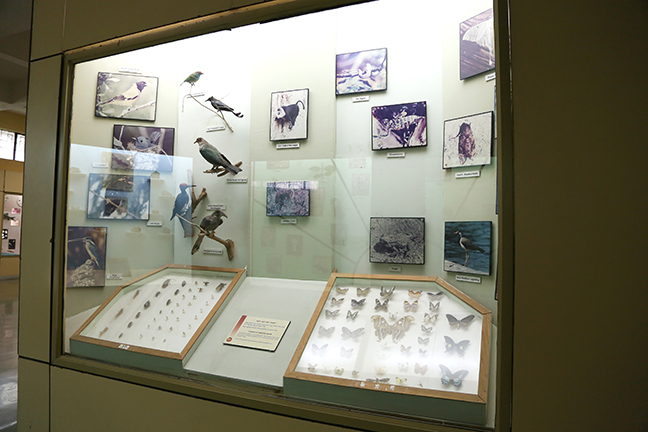
The Western Ghats is rich in animal life. About one percent of all known vertebrate species of the world are found in there. Some of the animals such as toad, red-wattled lapwig, centipede, and green imperial pigeon, are displayed this exhibit.
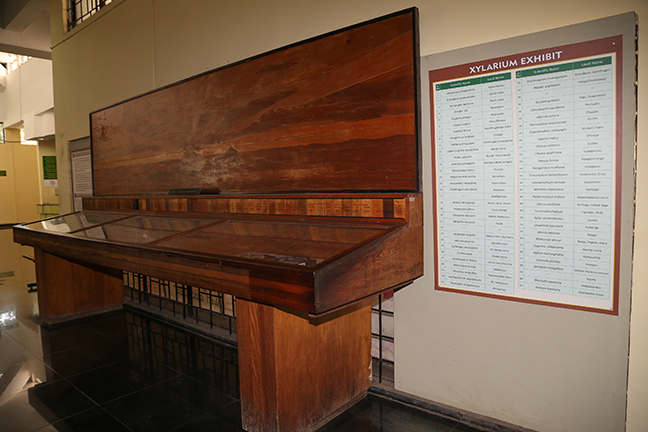
This exhibit has a display of 60 timber species specimen arranged in a row. The supporting backdrop is a wonderful piece of wood inlay craftsmanship crafted using the timber specimens to depict a sunrise.
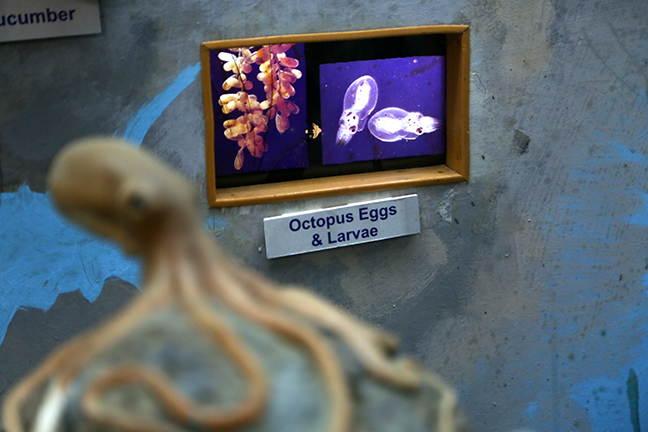
This forms part of the exhibit called Rocky Coast. Sea bound by rocks, boulders and pebbles are known as rocky coasts. Exposed overhanging rocks, small crevices and shallow pools in this area offer dwelling places to many species. Some of them, including algae, mussels, star fish, octopus, are displayed in this exhibit.
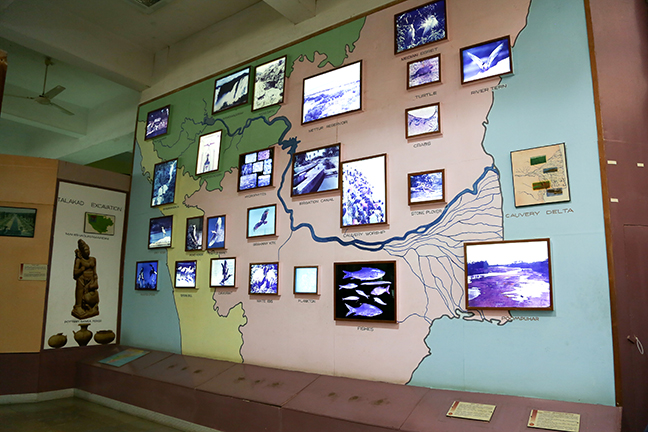
River Cauvery, also known as the Ganges of the South, rises from a spring in Tala Cauvery in the Brahmagiri hill ranges of Western Ghats in Karnataka and irrigates lakhs of hectares of land till it reaches the sea in Tamil Nadu. This exhibit traces that journey documenting life found on the river and on the banks of the river. The exhibits include that of the brahminy kite, pond heron, hydrophytes, fishes, and cattle egret.
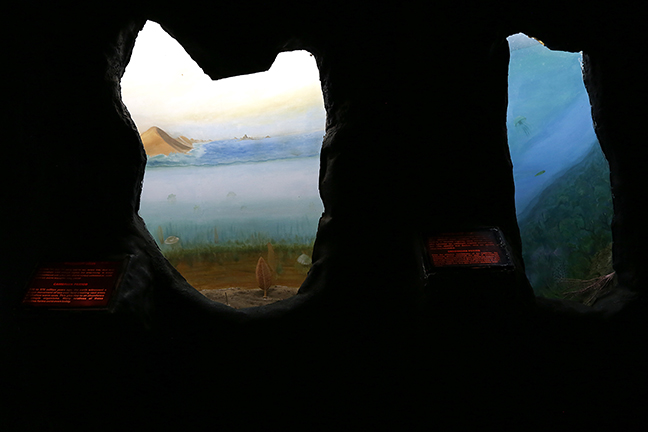
This exhibit depicts life forms found during the Cambrian period–500 to 570 million years ago–and the Ordovician period that came after that.
